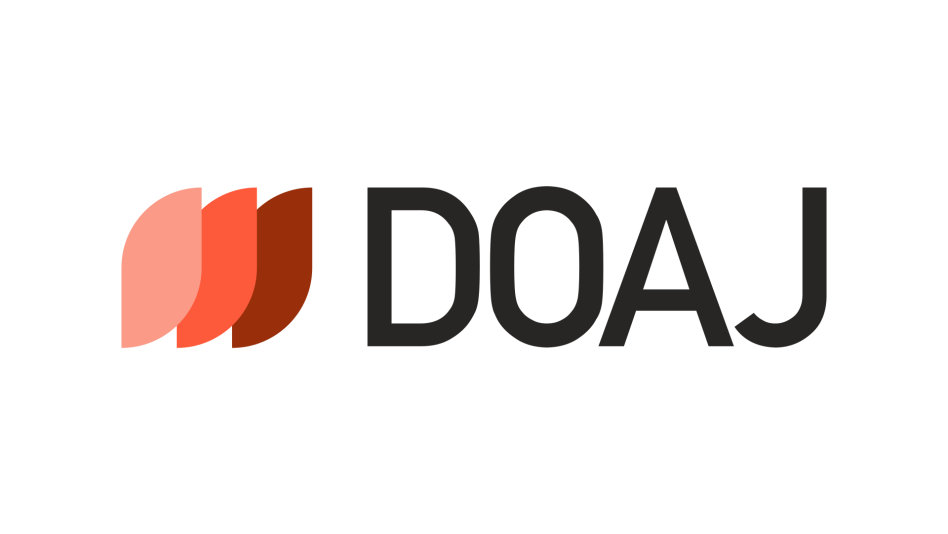How to Cite This Article
Ahmad, Bahar M.; Saleh, Shawnm M.; Aziz, Shuokr Qarani; Ismael, Sarwah Othman; and Muhammad, Sarkawt H.
(2025)
"COMPARATIVE ANALYSIS OF DEVELOPED EXPANDING URBANIZATION AND FLOODS HIT ERBIL CITY FOLLOWING HEAVY RAINFALL,"
Polytechnic Journal: Vol. 15:
Iss.
2, Article 1.
DOI: https://doi.org/10.59341/2707-7799.1853
Document Type
Original Article
Abstract
Climate change, urbanization, land use and land cover changes, and political and economic problems, caused increasing impervious layers and floods in Erbil Province in recent years. Due to economic growth and immigration from the middle and south of Iraq, the demand for residential areas has increased leading to more urban and impervious surface areas. The research aims to study the factors behind the increasing impervious areas and floods in Erbil City. Data were collected through several site visits and from related governmental sectors. Results illustrated that after 2017, urbanization noticeably increased. From 2017 to 2021, the construction zones and shrub areas were markedly increased. On the other hand, the agriculture area and green zone were significantly reduced. Additionally, the impervious layers increased and infiltration areas decreased only in four years. Moreover, some factors, such as geological, topographical, demographic, political, economic, and transportation, have affected the increase of urbanization and impervious areas, which increased surface runoff and floods in Erbil City.
Receive Date
09/11/2024
Revise Date
03/03/2025
Accept Date
21/03/2025
Publication Date
7-9-2025
References
[1] Allafta H, Opp C. GIS-based multi-criteria analysis for flood prone are as mapping in the trans-boundary Shatt Al-Arab basin, Iraq-Iran. Taylor Francis Group 2021;12. https:// doi.org/10.1080/19475705.2021.1955755.
[2] Ahmed A, Al Maliki A, Hashim B, Alshamsi D, Arman H, Gad A. Flood susceptibility mapping utilizing the integration of geospatial and multivariate statistical analysis, Erbil area in Northern Iraq as a case study. Sci Rep 2023;13(1):11919. https://doi.org/10.1038/s41598-023-39290-4.
[3] Al-Ansari N, Abbas N, Laue J, Knutsson S. Water scarcity: problems and possible solutions. J Earth Sci Geotech Eng 2021;11(2):243e312. https://doi.org/10.47260/jesge/1127.
[4] Macrotrends. Erbil, Iraq metro area population 1950-2025. Available from: https://www.macrotrends.net/global-metrics/ cities/21528/erbil/population#:~:text¼The%20metro%20area% 20population%20of,a%201.97%25%20increase%20from% 202021.
[5] Qi W, Ma C, Xu H, Chen Z, Zhao K, Han H. A review on applications of urban flood models in flood mitigation strategies, 108; 2021. p. 31e62. https://doi.org/10.1007/s11069- 021-04715-8.
[6] Mohammed MGJPJ. Land use land cover changes detection of Erbil city using GIS and. Remote Sens 2023;13(1):5. https:// doi.org/10.59341/2707-7799.1729.
[7] Capolongo D, Refice A, Bocchiola D, D'Addabbo A, Vouvalidis K, Soncini A, et al. Coupling multi temporal remote sensing with geomorphology and hydrological modeling for post flood recovery in the Strymonas dammed river basin (Greece). Sci Total Environ 2019;651:1958e68. https://doi.org/10.1016/j.scitotenv.2018.10.114.
[8] Mustafa A, Muhammed HH, Szydlowski M. Extreme rainfalls as a cause of urban flash floods; a case study of the Erbil-Kurdistan region of Iraq. Acta Scientiarum Polonorum Formatio Circumiectus 2019;18:113e32. https://doi.org/ 10.15576/ASP.FC/2019.18.3.113.
[9] Arnbjerg-Nielsen K, Leonardsen L, Madsen H. Evaluating adaptation options for urban flooding based on new highend emission scenario regional climate model simulations. Clim Res 2015;64(1):73e84. https://doi.org/10.3354/cr01299.
[10] Al-Nassar AR, Kadhim H. Mapping flash floods in Iraq by using GIS. Environ Sci Proceed 2021;8(1):39. https://doi.org/ 10.3390/ecas2021-10696.
[11] Hameed H. Water harvesting in Erbil Governorate, Kurdistan region, Iraq: detection of suitable sites using geographic information system and remote sensing. Student thesis series INES 2013. https://lup.lub.lu.se/luur/download? func¼downloadFile&recordOId¼3737025&fileOId¼3737039.
[12] Mustafa A, Szydłowski M. The impact of spatiotemporal changes in land development (1984e2019) on the increase in the runoff coefficient in Erbil, Kurdistan Region of Iraq. Acta Scientiarum Polonorum Formatio Circumiectus 2020;12(8): 1302. https://doi.org/10.3390/rs12081302.
[13] Qarani Aziz S, Mudhafar Saleh S, Hamarahim Muhammad S, Othman Ismael S, Mohammed Ahmed B. Flood disaster in Erbil city: problems and solutions. 2023. p. 303e18. https://doi.org/10.37256/epr.3220232993.
[14] Bashi RMQ, Younes AWM, Agha OMM. Testing the homogeneity of rainfall and temperature data in the Kurdistan Region-Iraq. Al-Rafidain Eng J (AREJ) 2021;26(2):227e36. http://creativecommons.org/licenses/by/4.0/.
[15] Forti L, Pelfini M, Sissakian V, Zerboni A. Settling the riverscape of Erbil (Kurdistan Region of Iraq): long-term human overprint on landforms and present-day geomorphological hazard, 44; 2023. p. 100413. https://doi.org/ 10.1016/j.ancene.2023.100413.
[16] A Abbas K. Drought assessment based on rainfall anomaly index (RAI) across Erbil-Iraq. Polytechnic J 2024;14(1):10. https://doi.org/10.59341/2707-7799.1827.
[17] Subramanya K. Engineering hydrology. Tata McGraw Hill; 2023. http://ndl.ethernet.edu.et/bitstream/123456789/9211/1/ Engineering%20Hydrology.pdf.
[18] Gupta L, Dixit JJJOM. Estimation of rainfall-induced surface runoff for the Assam region, India, using the GIS-based NRCS-CN method. J Maps 2022;18(2):428e40. https:// doi.org/10.1080/17445647.2022.2076624.
[19] Ramadhan AG M, Mawandha HG, Wiji Nur Huda M, Ngadisih N. The utilization of sentinel-1 soil moisture satellite imagery for runoff coefficient analysis. In: IOP conference series: earth and environmental science. IOP Publishing; 2022. https://doi.org/10.1088/1755-1315/1116/1/012017.











Follow us: